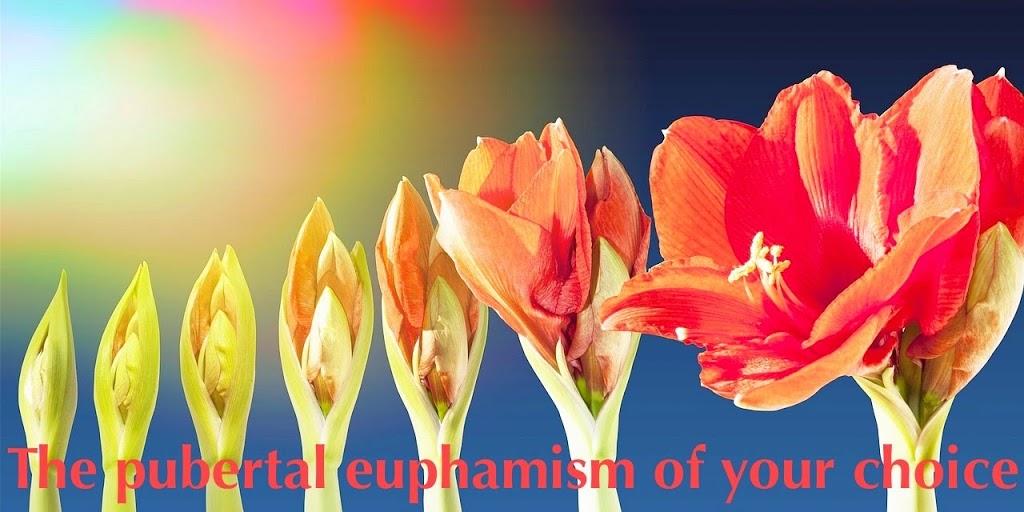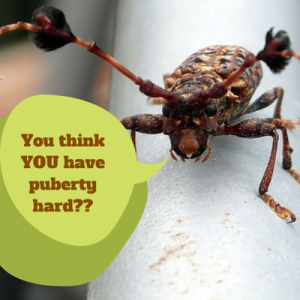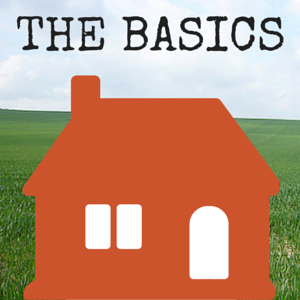Welcome back to Week 2 of 500 Lessons in 500 Days! Today is Lesson 5!
In honor of Tanya Bass and Bill Taverner’s training today on the Center for Sex Education’s new manual Changes, Changes, Changes, I’m going to address the first two activities in the manual. These are ice breakers designed to help younger adolescents and older children ease into conversations about puberty.
_____________________________________________________________________
Cross The Room
By Stephanie Mitelman
Objectives:
By the end of this lesson, students will be able to:
1. List three experiences they have in common with another student.
2. List experiences that the majority of students have in common.
Rationale:
Puberty can be a difficult time in an adolescent’s life. They may feel overwhelmed with their physical changes and unprepared to deal with various experiences in their personal lives. This activity allows students to see that they are not alone in their experiences, and that other students may have the same concerns and issues that they do.
_____________________________________________________________________
Getting Acquainted
By Stephanie Mitelman
Objectives:
By the end of this lesson, students will be able to:
1. Feel comfortable communicating with other students in their class.
2. List reasons why some questions are easier/more difficult for their classmates to answer than others.
Rationale:
It is often beneficial to begin a sexual health education course with ice breakers as they promote student interaction and can help reduce social anxiety associated with the topics discussed. This ice breaker activity encourages students to interact with a large number of their classmates, including classmates they might not otherwise speak with. It also allows for students to determine what kinds of questions are easy for their classmates to answer and those that are more difficult or embarrassing.
_____________________________________________________________________
Feeling more deeply connected to and aware of the people around you? Situating yourself as part of a community of peers who understand where you’re coming from? Sign me up! But, more importantly, sign up my 12-year-old self.
I actually didn’t struggle all that much with the physical aspects of puberty. I guess I felt I had a handle on the changes I saw my body going through. I certainly wasn’t filled with anxiety about it all. What I did feel was the changes in the ways that other people responded to my body and mostly I had fun with them – I flirted, I was coy, I went through the really-short-jean-skirt-and-loads-of-make-up phase when I was 12 and 13.
But even without issues relating to my physical development, there was so much of puberty that was difficult, stressful, and emotional. Most of it was about my hormones, my developing personality, my attempts to identify with myself, my family, my friends, and the 17 and 18 year olds on the street who were suddenly paying a whole lot of attention to me. By high school I had a structured group, a place where I could go and identify and talk about things. It’s different, having an adult put together a curriculum for you where you can try to grapple with the unknown unknowns, and it helps.
I don’t know that I’d call these activities ice breakers – I think I’d call them community builders. But either way, they’re right on-target for easing a group of young adolescents into a community of peers where they can feel safe, cared for, and able to talk about puberty as it is affecting them in their own unique ways.







